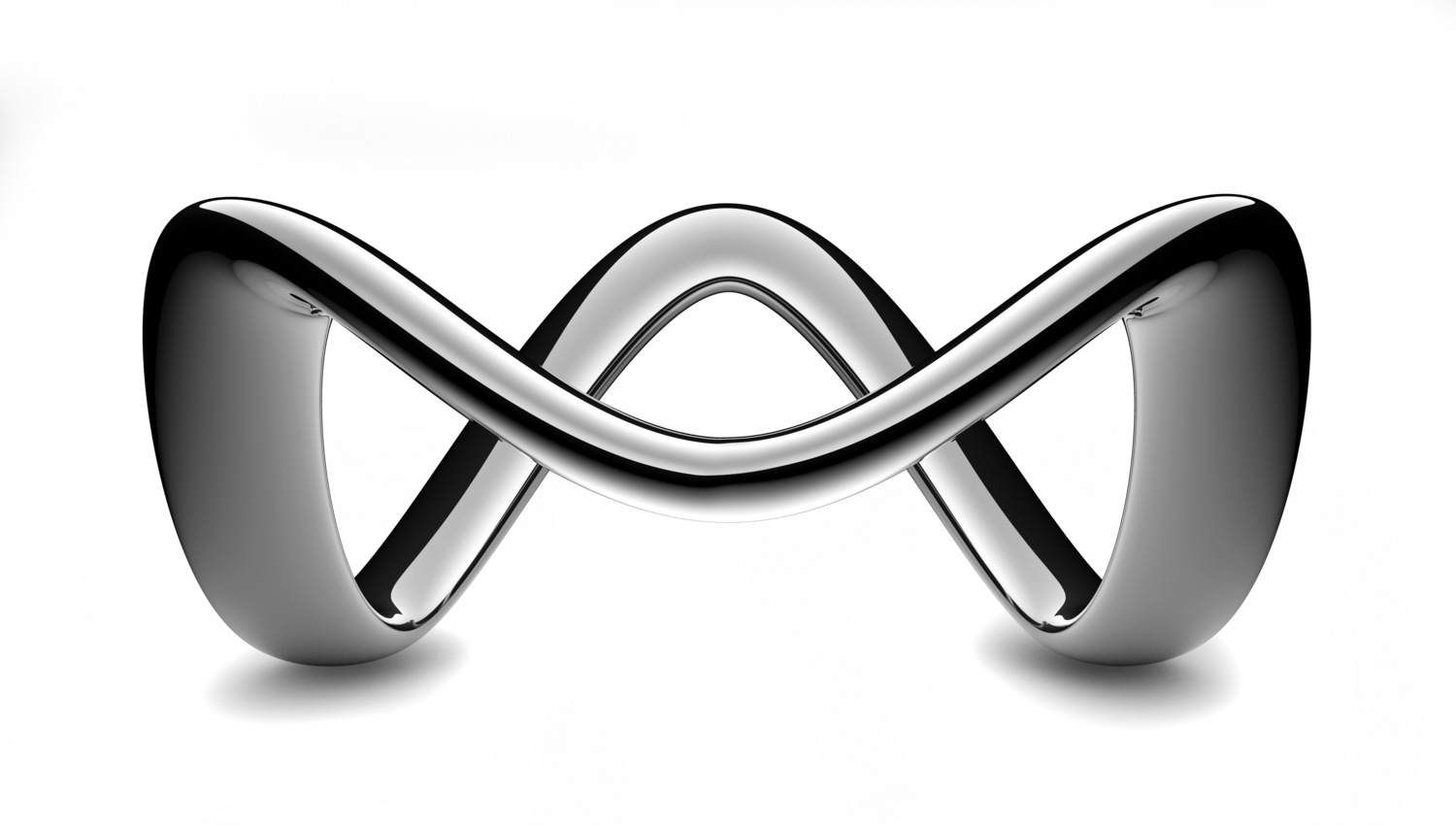- “A pattern that had been familiar throughout history is that after a war is fought and won, the tendency is for society to relax, enjoy life, and exercise less. … It appears that as societies become too enamored with wealth, prosperity and self-entertainment, fitness levels drop. In addition, as technology has advanced with man, the levels of physical fitness have decreased.” –Lance C. Dalleck and Len Kravitz
- Fitness, is far more than simply the things most of us do or achieve from going to the gym. Let's examine its definition for a moment.
- fitness (n.)
1570s, "state or quality of being suitable," from fit (adj.) + -ness. Meaning "state of being physically fit" is from 1935.
early 15c., "of or pertaining to material nature".
Now, based on the above definitions, we could translate PHYSICAL FITNESS by asking, "what are we naturally suited for?" Think about that for a moment.
Fitness encompasses a wide range of elements that, when examined closely, humbly and honestly, would include our ability to run, walk, crawl, climb, jump, land, skip, dance, and fight etc. In short, there are many ways fitness can be measured, that have little to do with body weight or dimensions. In fact, a variety of measurements are required to determine our fitness. So perhaps, many of us are struggling with improving our fitness because our measurements are too narrow.
Conventionally, fitness measurements have been reduced to include:
- Cardiorespiratory endurance - typically measured by how long or fast a person can perform an activity and how this impacts measurements such as heart rate and oxygen consumption.
- Muscular endurance - typically measured by how many repetitions of an exercise a person can perform. Common tests involve push-ups and sit ups.
- Muscular strength - typically measured by how much weight can be moved in relation to repetitions. Exercises involving multiple joints and muscle groups such as squats or bench press are often used.
- Muscular power - typically measured by how much force can be generated during a given activity. Advanced equipment used by biomechanists are often needed to measure muscular power.
- Flexibility - typically measured by how far a muscle group can be stretched or joint can be moved. The most common tests involve the hamstrings and shoulders.
- Balance - typically measured by how long a particular position can be held with or without some type of activity being performed. Simple tests such as standing on one leg can be used to assess balance. More advanced tests may involve standing on an unsteady object while trying to catch a ball.
- Speed - typically measured by how quickly an individual can move from one point to another. The 40-yard dash is often used to assess speed.
- Body composition - this is the amount of fat on the body versus other tissues such as muscle, bones and skin. Measured using a variety of tests and devices. Simple tests using mathematical equations or calipers are common and inexpensive. More advanced tests such as underwater weighing are far less common and much more expensive.
While all of these measurements are important, it is my view that all they measure is an outcome, akin to being impressed that lighting a fire emanates smoke, light and heat. As impressive as that is, rather, consider that you would require all of these and more to "walk, balance, jump, crawl, climb, lift, carry, run, throw and catch things, and occasionally, fight. And when that is done, dance", as I've written here.
Dudley Allen, lecturer, educator and Physical Education instructor, cautioned: "Without solid physical education programs, people would become fat, deformed, and clumsy." That was in the early 19th century.
And, he was right. Exercise, with any variation or combination of other non-exercise related activities, has become the modern remedy to a body in search of work to do in order to maintain its health and longevity. And, far too commonly, we have accepted a life where, even walking without limping or running out of breath is the norm. Even worse, millions of us are dying annually because we aren't active enough. Others are, if lucky, just getting sick. This has spawned a generation of people who are more impressed with their reflection but have little to no regard for what it can actually do.
In the next two features, I hope to explain how people became MOVERS. Why do we even need to exercise? How Physical Inactivity has resulted, not only in morphing the reflections that we see of ourselves but, in severely hampering our natural functionality and most importantly what we need to do about it.
I invite you to follow the Devon McGregor Blog Series at DevonMcGregor.com/Blog and join the conversation on Facebook and Twitter (@DevonMcGregor), or email me at devon@balancefit.com.

